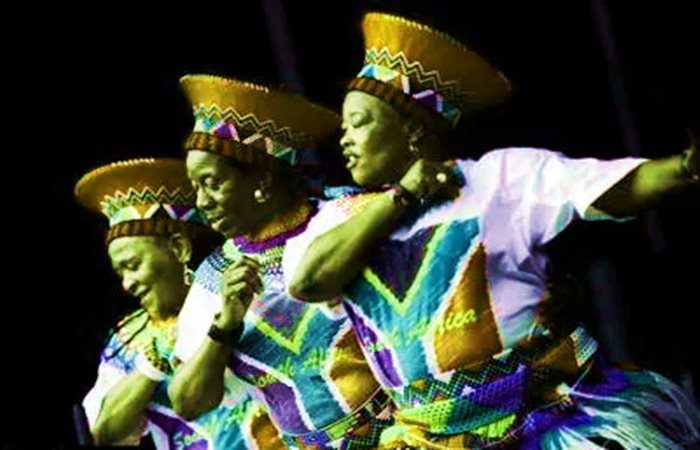
The clash between traditional music and modern music is a common theme in discussions about generational differences. This article explores the dynamics between traditional and modern music, delving into their respective characteristics, the generation gap they can create, and the potential for bridging that gap through appreciation and collaboration.
Understanding Traditional Music
Traditional music is rooted in the cultural heritage of communities and carries historical significance. It often reflects the customs, rituals, and values of a particular region or ethnic group. Traditional music utilizes indigenous instruments, melodic structures, and lyrical themes that have been passed down through generations. It serves as a medium for storytelling, preserving cultural identity, and connecting individuals with their ancestral roots.
The Rise of Modern Music
Modern music, influenced by technological advancements and globalized trends, represents the evolving tastes and preferences of contemporary society. It encompasses various genres, including Amapiano, Afrobeats, pop, rock, hip-hop, electronic, and more. Modern music is characterized by its fusion of different styles, use of modern instruments and production techniques, and exploration of new sonic landscapes. It reflects the current cultural climate and addresses contemporary themes, often appealing to younger generations.
Generation Gap and Cultural Shifts
The generation gap between traditional and modern music can arise due to differences in cultural upbringing, technological advancements, and changing societal norms.
Older generations may associate traditional music with nostalgia and cultural heritage, while younger generations gravitate towards modern music as a reflection of their own experiences and influences.
This divergence can create a gap in understanding and appreciation, leading to misunderstandings and potential disconnect between generations.
Appreciating Diversity and Cultural Exchange
Bridging the generation gap between traditional and modern music requires fostering appreciation for both forms. Recognizing the value of traditional music and its cultural significance can help younger generations understand their roots and heritage.
Similarly, older generations can embrace modern music as an expression of the ever-changing world, acknowledging its artistic merits and the diverse perspectives it offers.
Cultural exchange through music festivals, collaborations, and education can facilitate a deeper understanding and respect for both traditional and modern music forms.
[adinserter block=”9″]
Collaboration and Innovation
Collaborative efforts between traditional and modern musicians can bridge the generation gap and create new musical experiences.
Fusion projects that blend traditional and modern elements offer opportunities for cross-generational understanding and creativity. By combining traditional instruments, melodies, or rhythms with contemporary production techniques and genres, artists can create innovative music that appeals to a wide range of listeners.
These collaborations can honor tradition while embracing innovation, fostering mutual respect, and creating a platform for intergenerational dialogue.

Education and Preservation
Educational initiatives play a crucial role in bridging the generation gap in music. Schools, cultural institutions, and community programs can provide opportunities for younger generations to learn about and appreciate traditional music, nurturing a sense of cultural pride and identity.
Similarly, efforts to preserve traditional music through documentation, archiving, and cultural heritage programs ensure its longevity and accessibility for future generations.
By valuing both traditional and modern music in educational settings, a more inclusive and comprehensive musical education can be achieved.
[adinserter block=”3″]
Conclusion
Bridging the generation gap between traditional and modern music requires open-mindedness, appreciation, and a willingness to explore the intersections between the two.
By recognizing the cultural value of both forms, encouraging collaboration, and fostering intergenerational understanding, we can bridge the gap and celebrate the richness of musical diversity.
